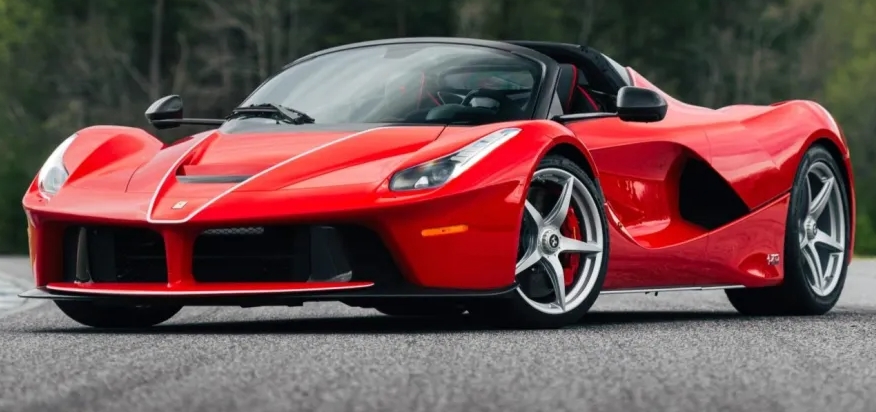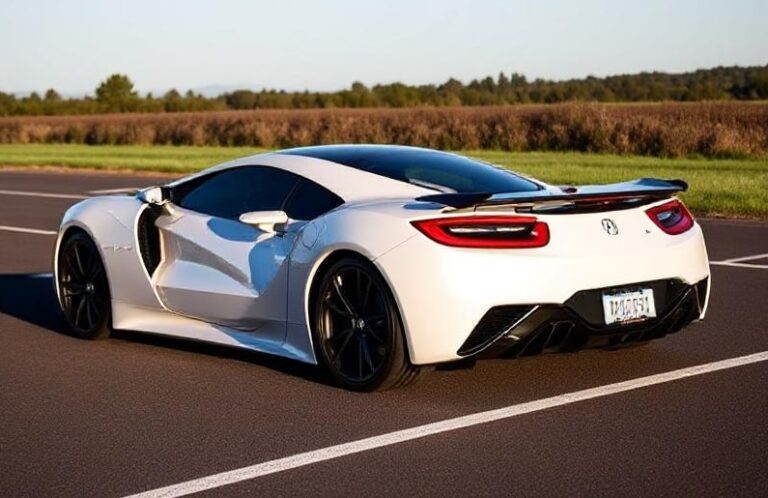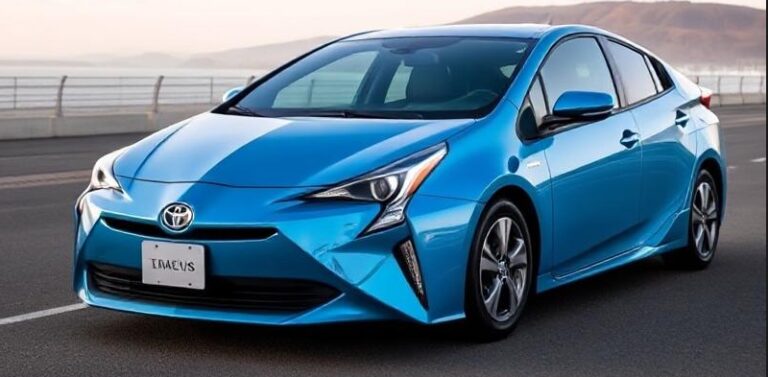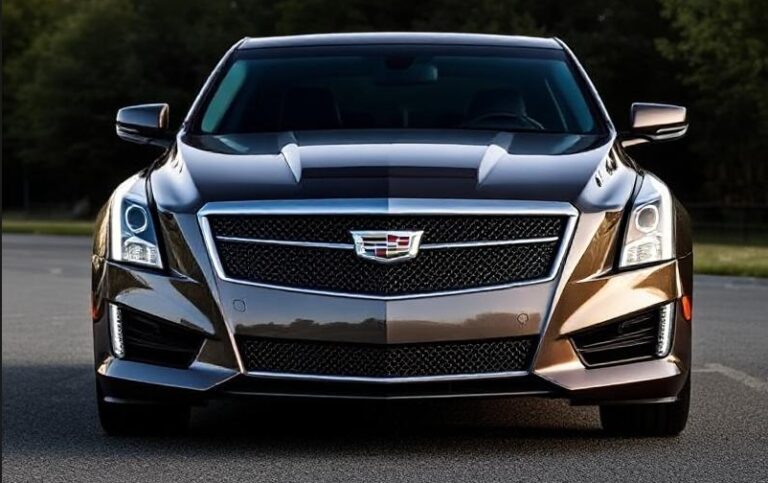The Evolution of the Ferrari LaFerrari: A Pinnacle of Hypercar Innovation
The Ferrari LaFerrari stands as one of the most iconic and technologically advanced hypercars ever produced by Ferrari. Unveiled in 2013 and produced until 2016, the LaFerrari epitomizes Ferrari’s dedication to innovation, engineering excellence, and the pursuit of ultimate performance. This article chronicles the evolution of the LaFerrari, detailing its production timeline, models, trim levels, and technological advancements.
Introduction to the LaFerrari
LaFerrari, meaning “The Ferrari” in Italian, was introduced as Ferrari’s most ambitious project to date, heralding a new era of hybrid supercars. It was conceived as a limited-production flagship, designed to showcase Ferrari’s cutting-edge hybrid technology combined with blistering performance and innovative design.
The LaFerrari was Ferrari’s first hybrid model, integrating a traditional internal combustion engine (ICE) with an electric motor to deliver unparalleled performance and efficiency. The car was produced exclusively for a limited period, emphasizing its exclusivity and technological importance within Ferrari’s lineup.
Development and Launch (2013)
The development of LaFerrari began several years before its official debut at the Geneva Motor Show in 2013. Ferrari’s engineers aimed to create a hypercar that would surpass the performance of previous models like the Enzo Ferrari and F40, while incorporating state-of-the-art hybrid technology.
The LaFerrari’s design was finalized in 2012, with production commencing shortly thereafter. Ferrari announced a limited run of just 499 units, making it one of the most exclusive cars in the world.
Production Years and Models
The Ferrari LaFerrari was produced exclusively from 2013 to 2016. Unlike many Ferrari models that undergo multiple trims or variants, the LaFerrari remained relatively consistent throughout its production run, emphasizing its role as a technological showcase rather than a platform for multiple versions.
Standard LaFerrari (2013–2016)
- Production Run: 2013–2016
- Units Produced: Approximately 499 units
- Price at Launch: Around $1.5 million USD
- Key Features: Hybrid powertrain, advanced aerodynamics, driver-assistance systems, and bespoke customization options.
During its production span, Ferrari kept the LaFerrari largely unchanged, focusing on refining the existing technology and delivering a limited but highly refined product.
Technological Highlights and Trim Features
While the LaFerrari did not have multiple trim levels as seen in more mass-produced cars, Ferrari did offer a variety of bespoke customization options, allowing buyers to tailor their vehicles to their preferences. Some notable features and technological distinctions include:
Hybrid Powertrain
- Engine: 6.3-liter V12 engine (F140 E)
- Electric Motor: 120 kW (161 hp)
- Total Power Output: 950 horsepower (708 kW)
- Transmission: 7-speed dual-clutch automated manual (F1 DCT)
- Performance: 0-60 mph in under 3 seconds, top speed over 218 mph
The hybrid system, called HY-KERS, integrated seamlessly with the internal combustion engine, providing instant torque and enhanced handling.
Aerodynamics and Chassis
- Active aerodynamics, including a movable rear wing and front flaps
- Carbon fiber monocoque chassis for rigidity and lightness
- Adaptive suspension systems
Interior and Customization
Ferrari offered extensive bespoke options, including personalized interior trims, exterior colors, and unique badge insignias. Buyers could work with Ferrari’s Tailor Made program to customize every aspect, elevating LaFerrari’s exclusivity.
Special and One-Off Variants
Although Ferrari did not officially produce multiple trim levels of LaFerrari, several one-off and special editions were created, showcasing the model’s flexibility and Ferrari’s craftsmanship.
LaFerrari Aperta (2016)
- Introduction: Announced in 2016, the Aperta was a convertible version of LaFerrari.
- Units Produced: 210 units
- Features: Same hybrid powertrain as the coupe, but with a removable hardtop (convertible roof)
- Significance: Featured unique aerodynamic modifications and bespoke interior options
- Price: Approximately $1.7 million USD
The LaFerrari Aperta was a highly sought-after collector’s item, blending open-air driving experience with hypercar performance.
LaFerrari FXX K (2017)
- While technically a track-only variant and not a trim level, the FXX K represented a significant evolution in Ferrari’s hybrid hypercar technology, building upon LaFerrari’s foundation.
- Features:
- Enhanced hybrid system with more power and downforce
- Extensive aerodynamic enhancements
- Reduced weight
- Note: The FXX K was a limited, track-only model, produced in very limited numbers (around 40 units), emphasizing the technological transfer from LaFerrari.
.
THIS might be a great place to get your new car from!
Or for those who are into the “car flipping” business, here’s an excellent resource for you!

.
Evolution Summary
| Year | Model/Variant | Key Features | Production Notes |
|---|---|---|---|
| 2013 | LaFerrari | Standard coupe, hybrid V12 | Launch year, 499 units |
| 2016 | LaFerrari Aperta | Convertible, same hybrid tech | 210 units, limited edition |
| 2017 | LaFerrari FXX K | Track-only, advanced hybrid | Limited, bespoke for track use |
Post-Production and Legacy
Ferrari officially ceased LaFerrari production in 2016, marking the end of an era for the model. However, its influence persisted, shaping future hypercars and hybrid systems within Ferrari, notably the SF90 Stradale and the subsequent Icona series.
The LaFerrari remains a symbol of Ferrari’s technological prowess, blending traditional V12 performance with modern hybrid innovation. Its limited production, bespoke customization, and groundbreaking technology have cemented its status as a modern classic.
Collectibility and Impact
Given its limited run and technological significance, the LaFerrari continues to command high premiums on the collector market. Its influence extends beyond Ferrari, inspiring other manufacturers’ hybrid hypercars such as McLaren P1 and Porsche 918 Spyder, creating a new benchmark for hybrid supercars.
Conclusion
The Ferrari LaFerrari’s evolution from a concept to a limited-production masterpiece reflects the automaker’s commitment to pushing boundaries. From its debut in 2013 through the release of the Aperta and the track-focused FXX K, the LaFerrari remains a testament to Ferrari’s relentless pursuit of innovation and excellence.
While it had no multiple trims in the traditional sense, the various versions and bespoke options allowed for a personalized experience, making each LaFerrari unique. Its technological innovations, limited production, and breathtaking performance have cemented its legacy as one of the most significant hypercars of the 21st century.







